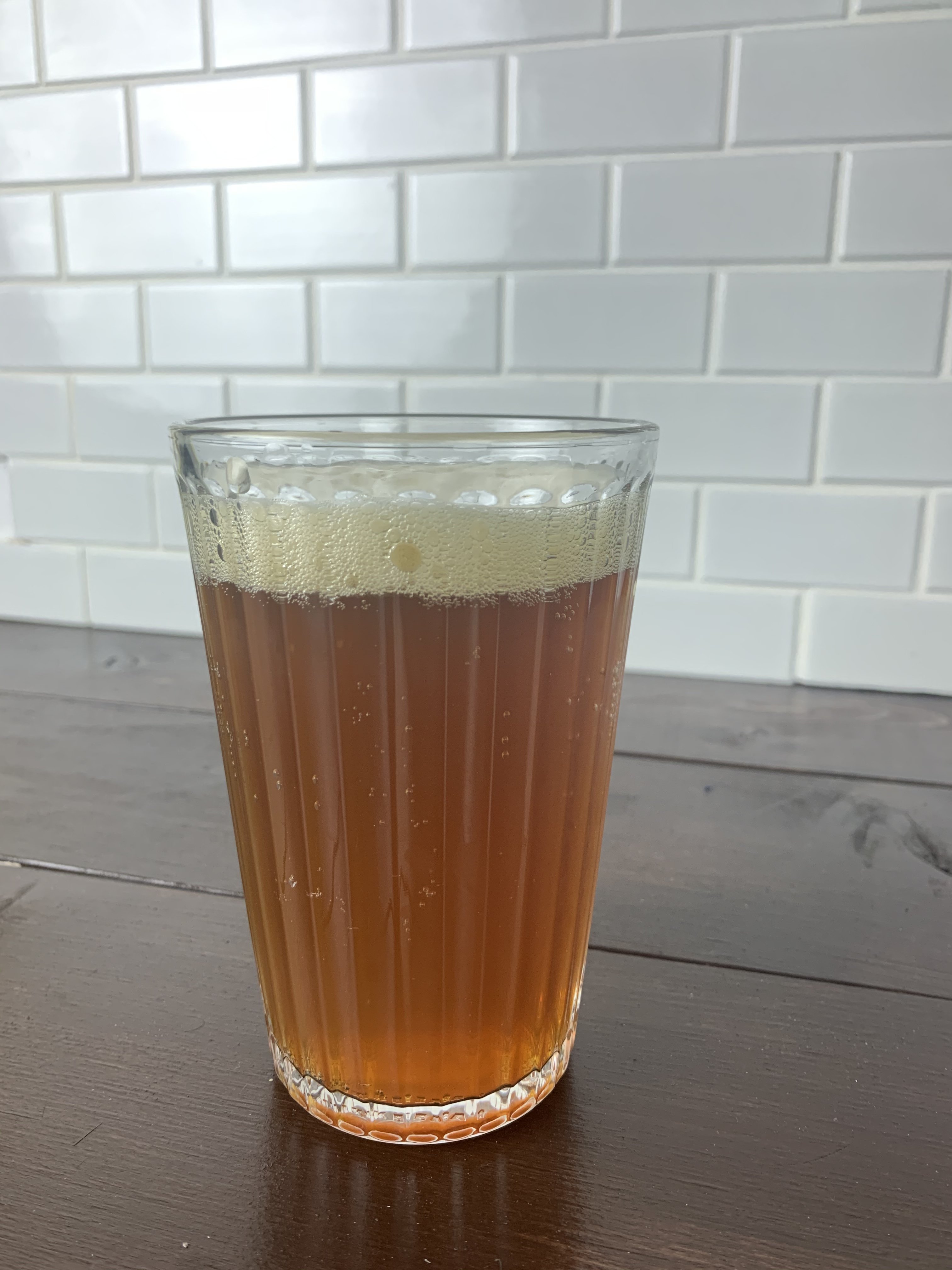Ok, so I am a new brewer, it's my second batch but I had a nasty experience the first time (but it's something I already enjoy and want to keep doing).
Now, I have read through many threads on the topic but would like to ask about my situation none the less (i'm guessing most newer brewers can be extremely paranoid).
I brewed over the weekend (a pale ale using the s04 yeast), I pitched around 70 and left to ferment in an ambient of around the same (one or two degrees higher and lower to account for day and night temp fluctuations). I had secured a small freezer to control temp but our fridge broke and I had to wait several days for the technician.
There was vigorous fermentation for for first 48 hours after which the kraussen dropped down. I was just too worried about fiddling with the carboy at first but after reading some threads thought it may be best to just move it to the mini chest freezer and keep it around 65 after 4 and a half days of a suggested three week fermentation (primary only)
Is this my best bet as I would still like to have a drinkable beer that is not too fruity (eastery) or have a harsh alcohol taste and some decent clarity (it's still quite murky at the moment)? Or is it too little too late for me? I have also seen some posts saying extra fermentation time can help with the eastery flavours ect.?
Sorry about the lengthy post, I just need a win as my wife is questioning this whole brewing hobby after the first fail- and she loves beer too!
Now, I have read through many threads on the topic but would like to ask about my situation none the less (i'm guessing most newer brewers can be extremely paranoid).
I brewed over the weekend (a pale ale using the s04 yeast), I pitched around 70 and left to ferment in an ambient of around the same (one or two degrees higher and lower to account for day and night temp fluctuations). I had secured a small freezer to control temp but our fridge broke and I had to wait several days for the technician.
There was vigorous fermentation for for first 48 hours after which the kraussen dropped down. I was just too worried about fiddling with the carboy at first but after reading some threads thought it may be best to just move it to the mini chest freezer and keep it around 65 after 4 and a half days of a suggested three week fermentation (primary only)
Is this my best bet as I would still like to have a drinkable beer that is not too fruity (eastery) or have a harsh alcohol taste and some decent clarity (it's still quite murky at the moment)? Or is it too little too late for me? I have also seen some posts saying extra fermentation time can help with the eastery flavours ect.?
Sorry about the lengthy post, I just need a win as my wife is questioning this whole brewing hobby after the first fail- and she loves beer too!

































![Craft A Brew - Safale BE-256 Yeast - Fermentis - Belgian Ale Dry Yeast - For Belgian & Strong Ales - Ingredients for Home Brewing - Beer Making Supplies - [3 Pack]](https://m.media-amazon.com/images/I/51bcKEwQmWL._SL500_.jpg)
























